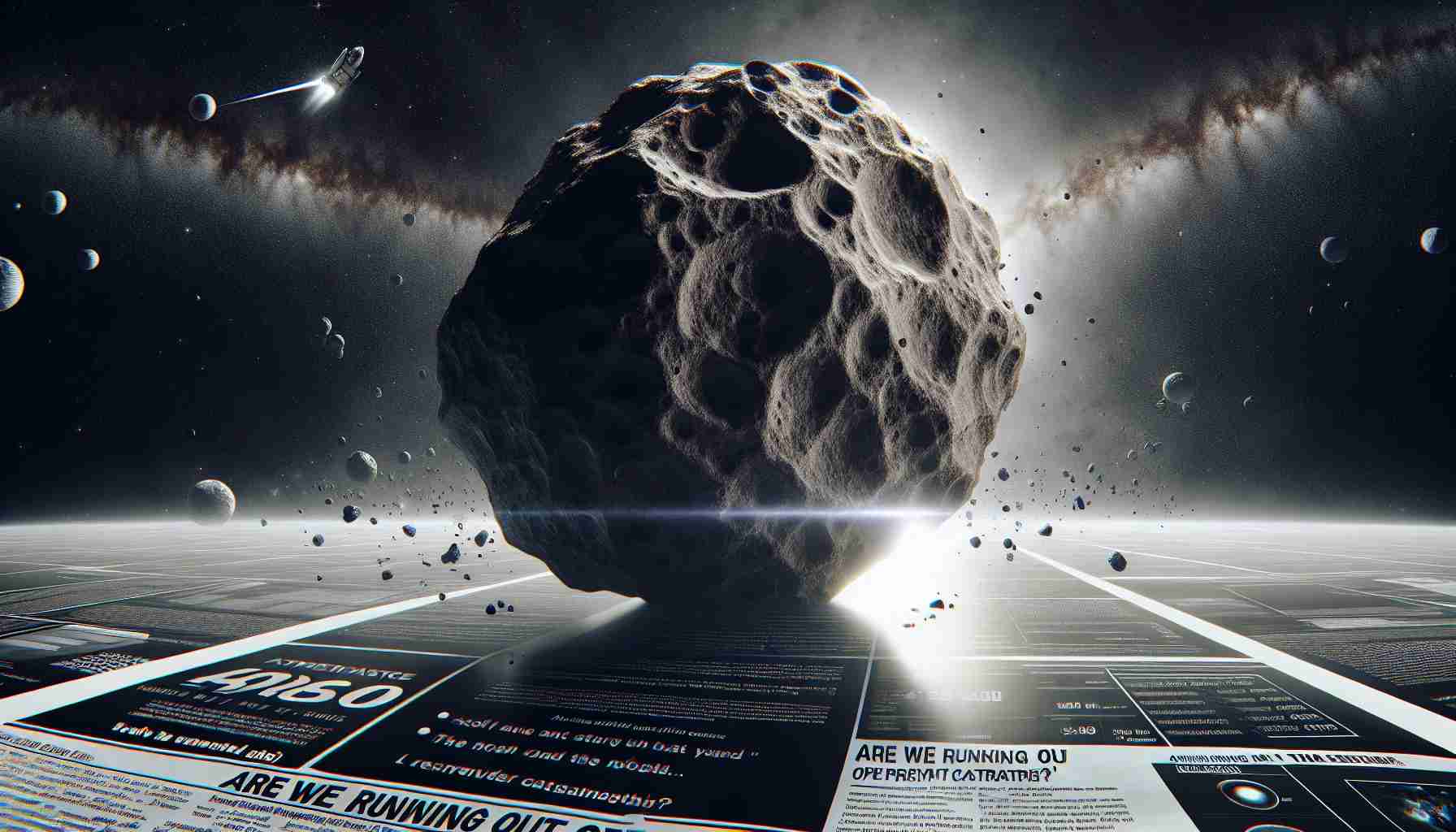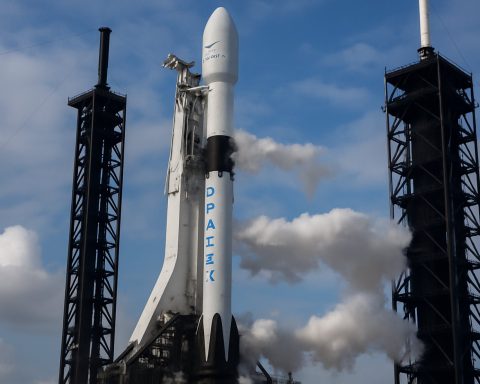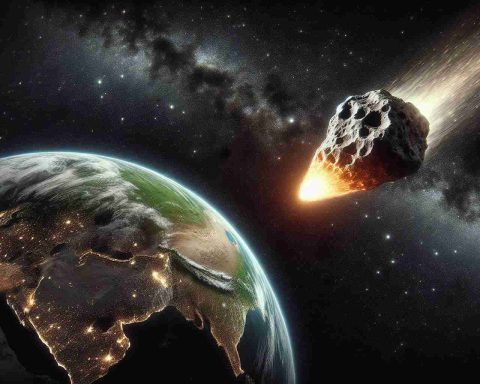- Asteroid 2024 YR4 poses a potential impact threat to Earth, with a 2.3% chance of striking on December 22, 2031.
- YR4 is estimated to be between the size of a modest building and the Statue of Liberty, sparking concerns of a “city-killer” impact.
- The risk corridor spans from northern South America to parts of Africa, highlighting widespread potential devastation.
- Major space agencies are using resources like the James Webb Space Telescope to monitor YR4’s trajectory.
- Scientific opinions vary on intervention strategies and the likelihood of a Moon impact, which is deemed very low at 0.3%.
- Despite concerns, the overall probabilities suggest low immediate risk, emphasizing vigilance and preparation over panic.
A celestial bullet streaks through the void, commanding the attention of astronomers worldwide. Known as asteroid 2024 YR4, this cosmic visitor lurks menacingly in the vastness of space. What sends a shiver down our collective spine is its sobering potential to impact Earth with devastating force, previously unknown to humanity.
Drifting possibly between the sizes of a modest building and the majestic Statue of Liberty, YR4’s trajectory raises the apocalyptic specter of a “city-killer.” Recent calculations bump up the odds of this behemoth making landfall on December 22, 2031, to 2.3% — too close for comfort.
As predictions swirl, they weave a harrowing tapestry of potential destruction, outlining a risk corridor that spans half the globe. From the tropical plains of northern South America to the bustling metropolises of Africa, the threat looms large, ready to sculpt landscapes with crater scars and sever lifelines at a moment’s notice.
With major space agencies mobilizing resources like the James Webb Space Telescope for a clearer picture, the question on everyone’s lips is simple yet daunting: do we have enough time?
Voices within the scientific community diverge on this point, with some experts daring to suggest that our interventions may run the risk of failure, or even exacerbate the peril. Others estimate that our celestial companion’s impact on the Moon — calculated with less than 0.3% probability — will likely spare Earth of major fallout.
Yet, amidst the swirling concern, a beacon of perspective emerges. The probabilities, after all, still weigh in humanity’s favor, reminding us that panicking could be premature. As we crane our necks to the stars, bracing for what may never come, the key takeaway remains clear: stay vigilant, grounded in hope and preparation.
Could Humanity Survive a City-Killing Asteroid? Experts Weigh In on Asteroid 2024 YR4
Understanding Asteroid 2024 YR4: What You Need to Know
Asteroid 2024 YR4 has captured global attention with its potential to cause catastrophic damage. Below, we delve into this cosmic threat, discussing how to prepare, current trends, and providing action steps for interested parties.
How-To Steps & Life Hacks: Preparing for Potential Impact
1. Stay Informed: Regularly follow updates from credible sources like NASA’s Near Earth Object (NEO) program or the European Space Agency (ESA).
2. Emergency Preparedness: Have a disaster plan that includes supplies, communication strategies, and evacuation routes—even though the probability of impact is low, preparedness is crucial.
3. Community Engagement: Participate in local disaster readiness programs and community workshops to ensure collective preparedness.
4. Advocacy: Support public and private initiatives that invest in asteroid deflection technologies and space observation programs.
Real-World Use Cases: How Humanity Has Responded
The 2013 Chelyabinsk meteor event in Russia serves as a pertinent reference. Although smaller and less predictable than YR4, it underscores the need for preparedness. Post-event, increased funding for space observation technologies like those involved in NASA has enhanced detection capabilities.
Market Forecast & Industry Trends
Interest in asteroid detection and deflection technologies has seen an uptrend. Governments and private companies are investing in space technology—estimating a market growth rate of approximately 7% annually in the space industry over the next decade (source: Grand View Research).
Controversies & Limitations
Despite the 2.3% impact probability, debates persist regarding the reliability of current projections and our capabilities. Some scientists warn against over-reliance on untested deflection technologies, citing potential exacerbation of the risk.
Features, Specs & Pricing
Unfortunately, detailed specs and exact pricing for asteroid deflection missions aren’t public, as missions are highly variable in scope and technology. However, missions like NASA’s Double Asteroid Redirection Test (DART) provide a benchmark, costing $330 million.
Security & Sustainability: Long-term Considerations
Sustainability in space exploration is crucial. Space agencies worldwide are collaborating to ensure that mitigation strategies are not only effective but also environmentally and geopolitically responsible. The success of missions like DART depends on this global cooperation.
Pros & Cons Overview
– Pros: Early detection and global awareness have prompted significant advances in asteroid monitoring technologies.
– Cons: Current deflection technologies remain largely untested; substantial financial and time investments are necessary.
Actionable Recommendations
– Support and Advocacy: Encourage increased funding and research into asteroid monitoring and deflection.
– Public Education: Engage with science outreach programs to disseminate accurate and actionable information.
– Personal Preparedness: Equip yourself and your community with strategies for emergency preparedness.
In conclusion, while asteroid 2024 YR4 presents a serious, albeit low-probability threat, staying informed, prepared, and proactive remains the best defense. By supporting scientific endeavors and engaging with community preparedness initiatives, we can mitigate potential risks associated with future asteroids.











